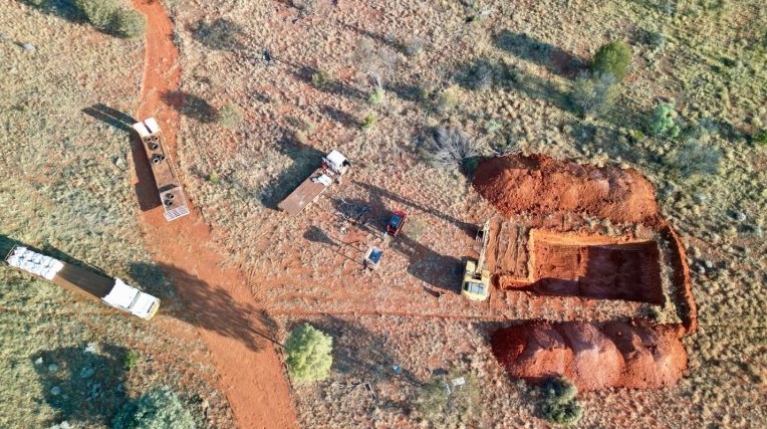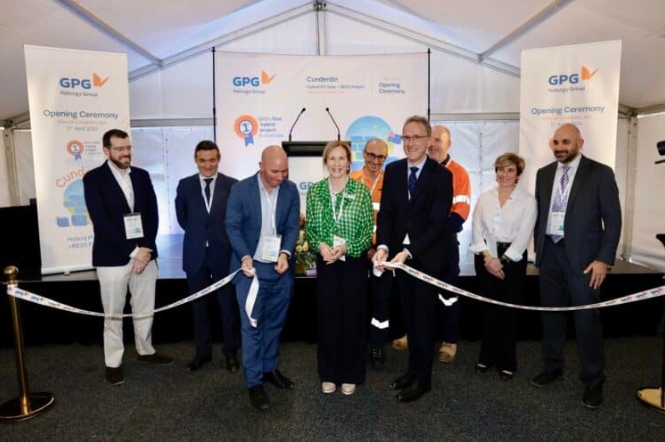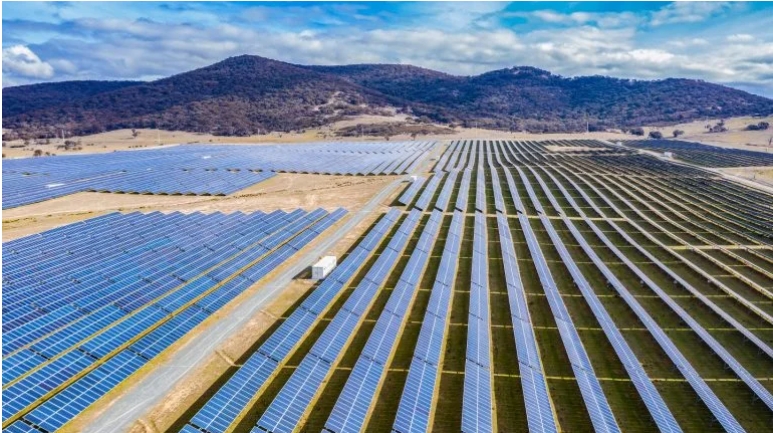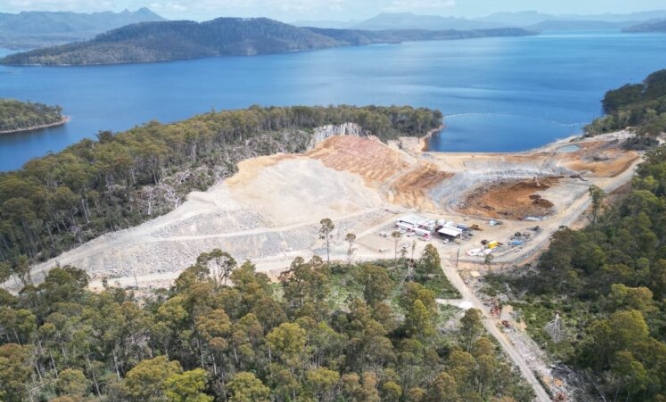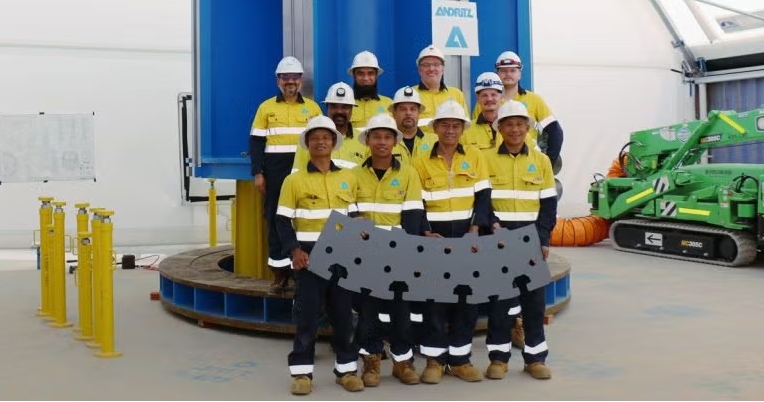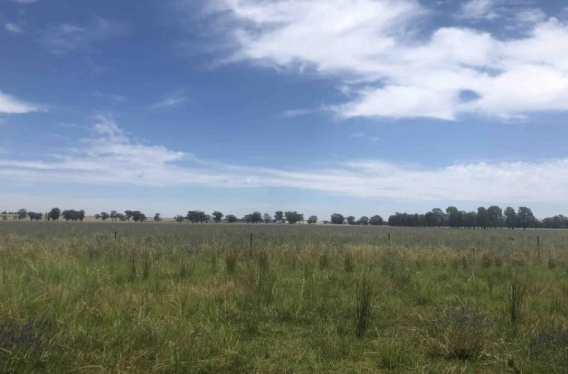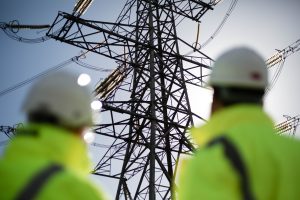
His record as a heavyweight is one reason he was appointed to his role at National Grid last February where he will oversee the Great Grid Upgrade. But even for him, this project represents a new order of magnitude.
The project aims to support up to 50GW of offshore wind capacity by 2030 as part the UK’s vision for a net zero future. The £54bn upgrade encompasses numerous interlinked projects including new builds and the refurbishment of existing infrastructure.
In total, it will entail installing 7,200km of overhead cable and more than 1,450km of underground cable as well as offshore cables. National Grid describes this as “the largest overhaul of the electricity grid in generations”.
“It’s probably fair to say it is one of the biggest challenges of my career, in terms of scale, the pace we’ve got to move at and the sheer complexity,” says Trowell.
National Grid’s immediate focus is on 17 major projects designed to reach the government’s target of supporting up to 50GW of offshore wind capacity by 2030. Of those 17, details for nine have been released to date (see box below).
These projects are extremely complex because of their size, number and interconnected nature, says Trowell.
Additionally, the upgrade will result in radical changes to the layout of the energy supply system.
“We’ve got to now reconfigure and rebuild the transmission network from its legacy, which was built where the old coal power plants were and in networks concentrated around the middle of the country, to a network that is configured to deal with distributed renewable supply, with much of that supply coming from offshore,” says Trowell.
But the most challenging aspect of the Great Grid Upgrade is that it must be completed within a drastically compressed timeframe; building five times more network in the next six years than has been built over the last 30.
“To put that in context, a lot of companies undertaking big infrastructure works might do one big development consent order at any one time,” says Trowell. “We will have nine or 10 running in parallel at any one time.”
The accelerated schedule is necessary. Trowell acknowledges that the upgrade builds on significant goals achieved during the UK’s transition to renewables in recent times. But he notes that what has been achieved to date is a starting point.
“The milestone the UK hit in 2023 is that for the first time ever, 51% – so over half of our electricity – came from zero carbon energy sources.
“So, we’ve done a lot on that route towards net zero. A simple way to think of it is that we’ve done all the ‘easy’ things so far, especially with respect to the transmission system. We’ve maximised the use of the existing system and we’ve upgraded some of the existing systems.
“But if we want to get to the next stage, which is to start replacing gas in our power mix with renewables, most of which will come from offshore wind, we’ve got to really pick up pace and investment. We’ve also got to make the grid ready for almost twice the capacity of electricity travelling through it.”
Capacity building
An immediate challenge for National Grid will be to build up the required resources and capacity for the upgrade.
Trowell says: “We have a strategic workforce plan within National Grid about how we bring in the skillsets we need, because it can take seven or eight years to train specialised electrical commissioning engineers. We are looking at setting up new training centres for overhead line technicians and engineers.”
The grid operator has also tailored the way it contracts and procures the work for the upgrade.
“For the onshore elements of the scheme, we’re going to award to a consortium of partners under Project 13 principles,” says Trowell. Project 13 is based on the concept of an enterprise rather than that of a project with a series of transactional agreements with the supply chain. The enterprise comprises the client, advisor, integrator and suppliers who are incentivised to deliver outcomes through collaboration. The approach was successfully used by National Grid on the London Power Tunnels project.
Digital engineering
In addition to new procurement methods, specially developed digital solutions will support the acceleration of design, engineering, planning and route optioning.
Trowell highlights two digital solutions playing a critical role. The first integrates National Grid’s visualisation tool for optioneering and planning with its planning and scheduling tool.
Trowell says: “We’ve digitised the way we go about optioneering and route selection, using visualisation software to look at options and alternatives, cost benefit analysis, and multiple design iterations early on to try to shorten the process of the concept engineering stage.”
The second solution is a “single integrated” bespoke building information modelling platform that National Grid is building from various software products.
This will create data structures, access governance and processes to enable documentation and designs to be shared around each of the upgrade projects.
“Our intention is that we will be able to work with our partners to model and scenario-plan the construction phase, to look at where we can shorten the construction time and where we can parallel construct, with different partners doing different elements,” says Trowell.
Aligned with digital engineering will be modern methods of construction. Trowell explains: “The idea is that we construct those elements in yards or fabrication plants and then ship them out as modules rather than constructing on site, so we reduce the time in the field. We’ll also be using a highly standardised and modular approach to some of the construction.”
Managing change
Perhaps unsurprisingly for a highly visible endeavour, the Great Grid Upgrade is not universally welcome. In a recent example of community reaction, campaign group Suffolk Energy Action Solutions (Seas) launched a petition to stop National Grid’s infrastructure proposals in Suffolk.
Seas wants significant portions of the Suffolk infrastructure to be installed offshore, but Trowell claims that such proposals are difficult to realise.
“If we put everything offshore, you don’t have an economical, reliable system and you have a lot of single points of failure.
He adds: “At some point cabling has to come onshore through a converter station and a substation to link to the rest of the infrastructure.
“But we do look very hard at the best place to locate these pieces of infrastructure to minimise their impact on the local landscape and the environment.”
It is likely that there will be more community reaction as the upgrade rolls out, particularly given National Grid’s ambition to go beyond 50GW of offshore wind capacity in 2030, and support 80GW by the mid- to late 2030s.
Given the diverse renewable energy mix that could power the UK in the future, another challenge will be to build flexibility into the upgrade strategy.
Trowell explains: “The way you could think about the Great Grid Upgrade is that a big investment in the transmission system provides the enabling backbone that allows for all of that connectivity of all of these other energy sources.”
